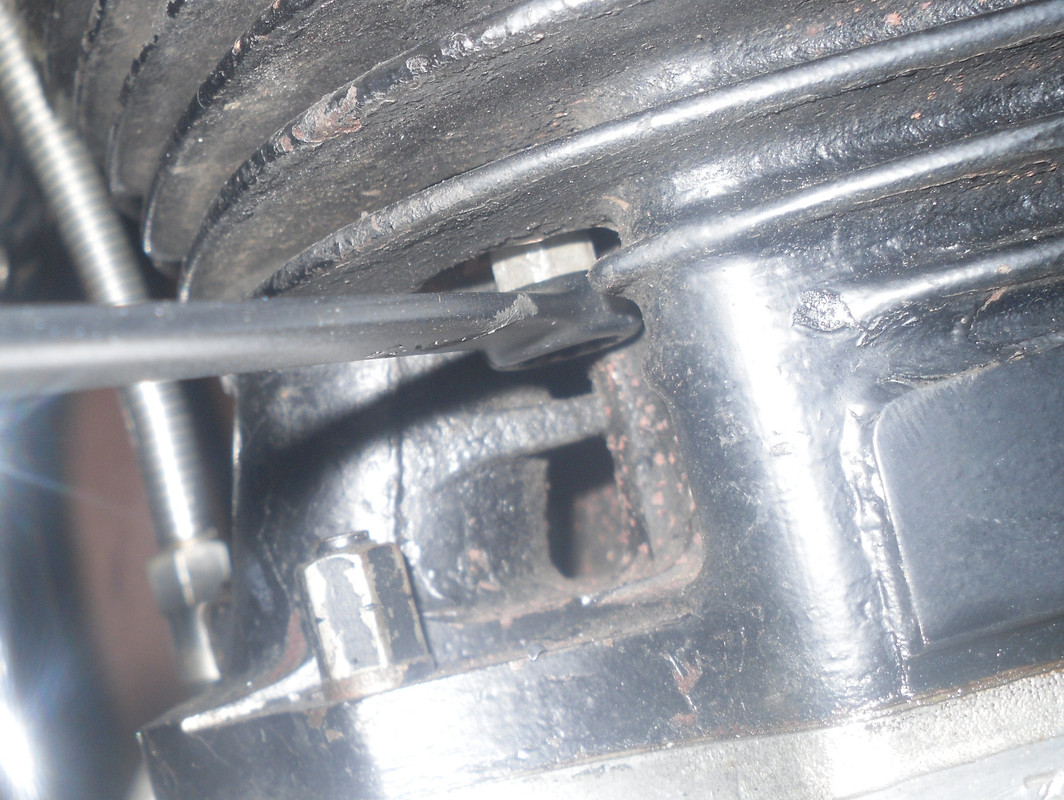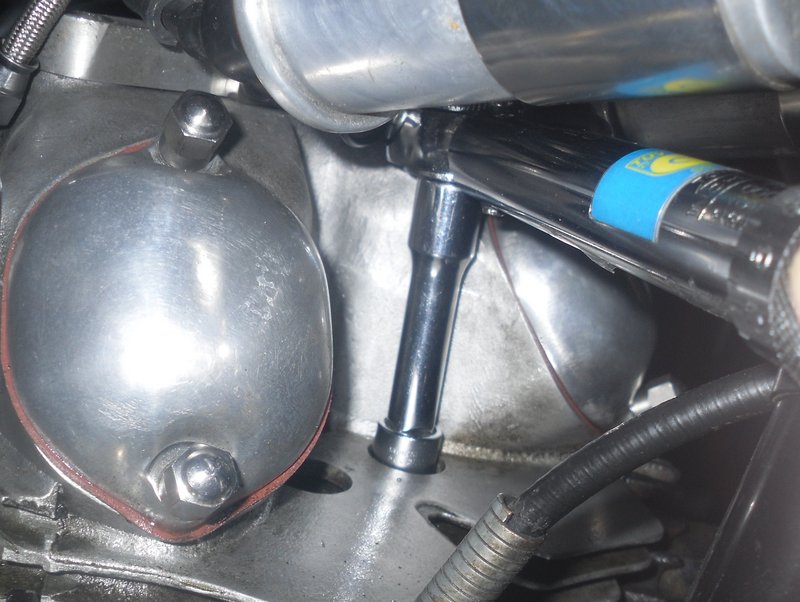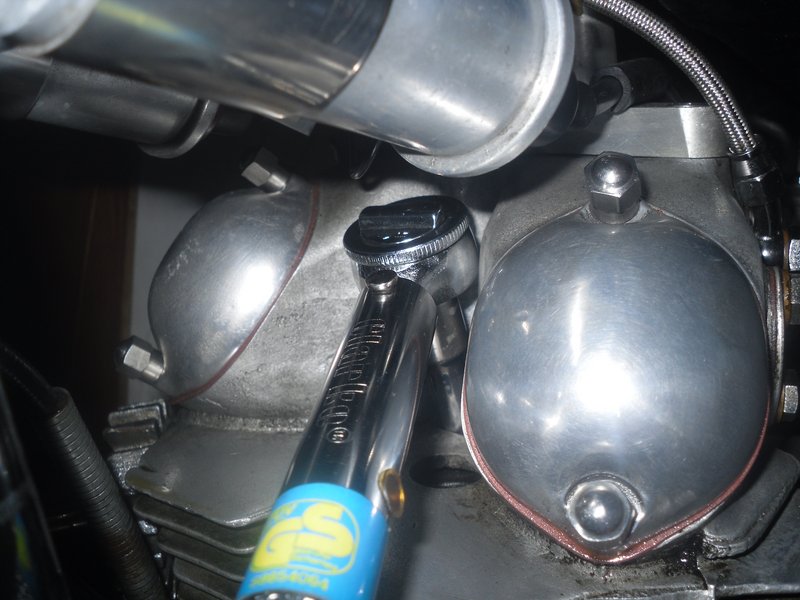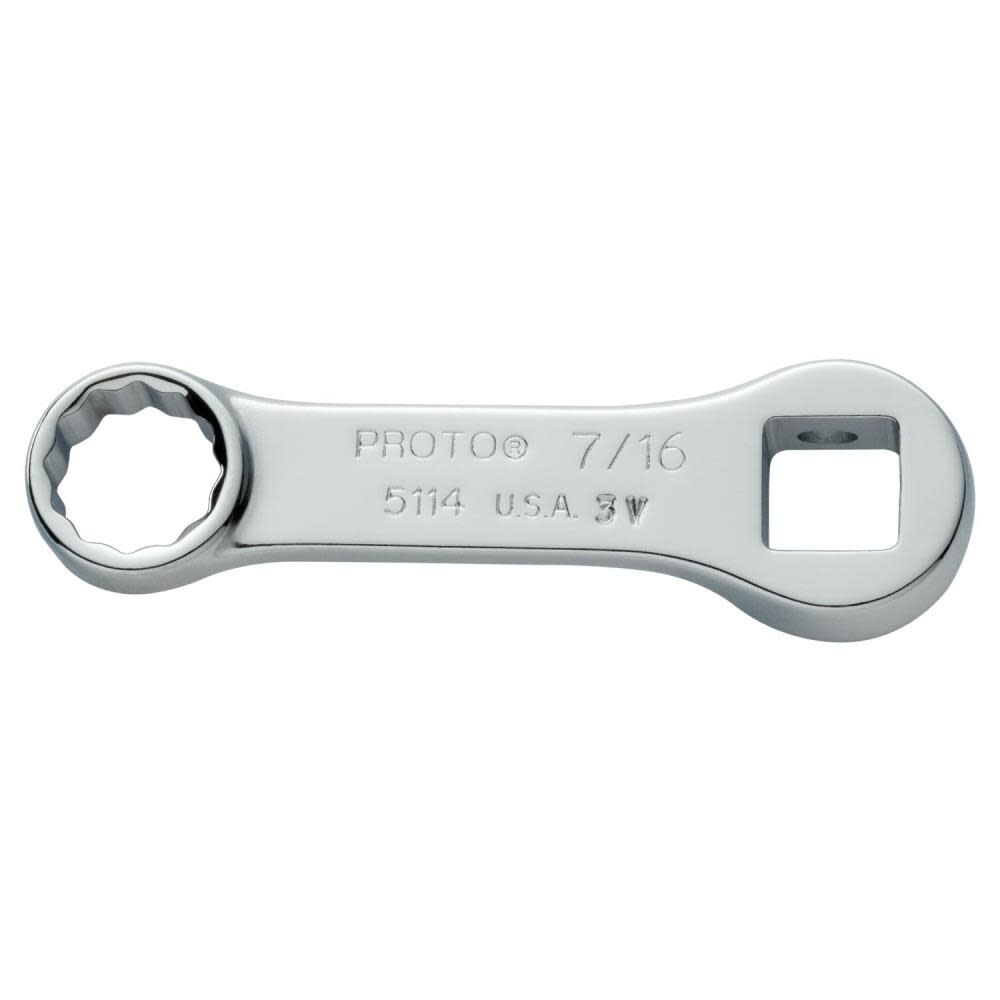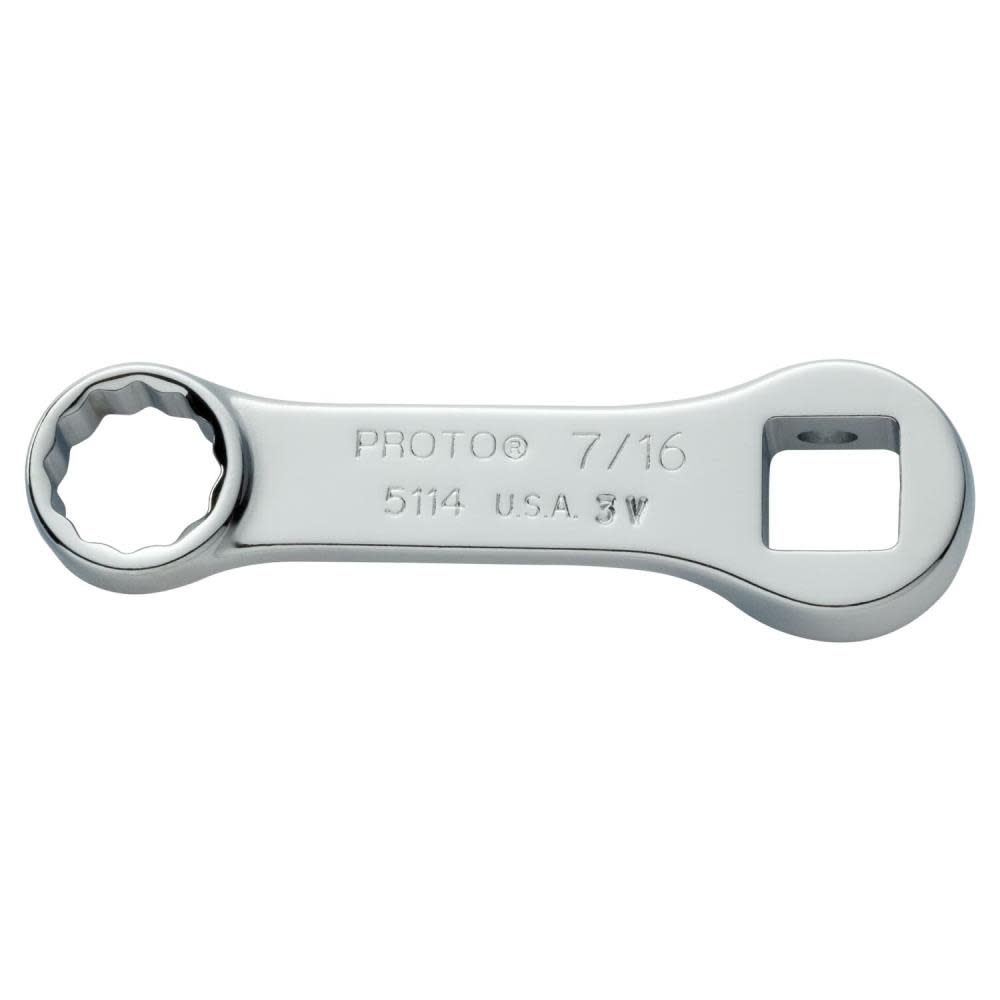How do you know if the bolts/nuts are low a priori (that is beforehand) if you crack them first? You do not know, but if you slowly apply torque and the bolt/nut yields or moves before reaching specified torque, then you know it was low. If the bolt/nut does NOT move, you do not know if it is at spec or simply friction stuck. Then, I crack them, and reapply torque up to specification.
Applying lube to a bolt/nut greatly reduces friction and will upset the published torque limits, resulting in an over-torqued fastener at best, or a stripped out one at worst. As johnm recommends, just clean bolts/nuts but use no lube.
FWIW ..... head gaskets can yield with time alone, without heat cycling. I torqued the head on my Atlas to specification, then diverted my attention to other issues. Months passed without cranking up. I then decided to check all fasteners on the head and found most to be low. How did I know them to be low? They moved (therefore not friction stuck) before my torque wrench reached specification. For those few which did not move, I noted the angle of my torque wrench at specified torque, cracked the fastener, then brought the fastener back to specification and noted again the angle of the wrench. If that angle was judged to be the same, then I concluded the fastener was at specified torque and not simply friction stuck.
FWIW II ..... you can easily make a torque wrench adapter by welding a nut on a spanner. Use a socket on the welded-on nut, then apply the spanner at right angles with no correction factor, or calculate the correction as Tornado's chart above shows.
Slick

